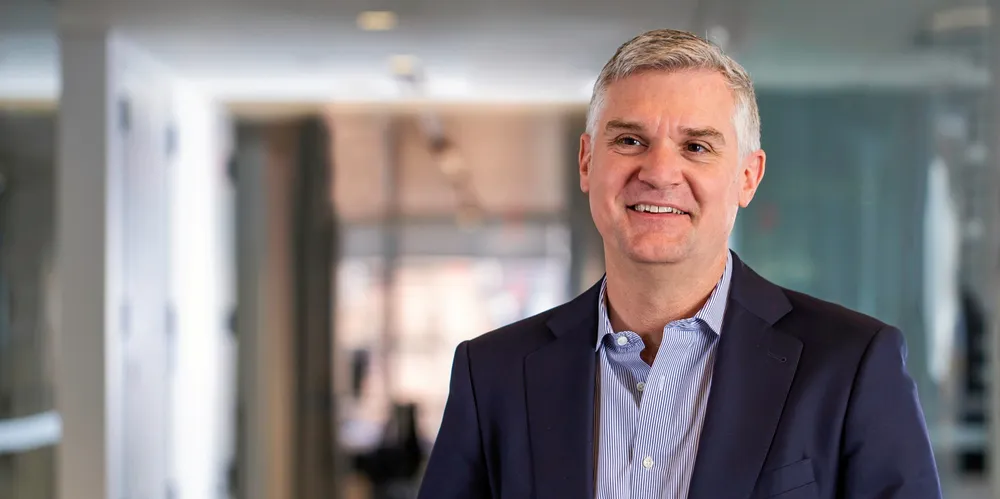Despite hurdles, future growth prospects driving Orsted’s US offshore wind efforts
Americas CEO David Hardy says group taking long term of competitive advantages down the road

Orsted Americas CEO David Hardy conceded that its current US offshore wind projects would have “100% neutral lifecycle IRR [internal rate of return]” but would position the developer for future growth.
“We believe in the long-term benefits and the long-term opportunity in offshore wind in the US,” he said during the Danish developer’s Capital Markets Day presentation. “The market’s improving… [and] the states and federal government want to see the success.”
Orsted is at the fore of the US offshore wind sector, with 5GW of capacity under contract and a goal of 3-5GW installed by 2030.
“The WACC [weighted average cost of capital] is much higher than at the time when these projects were awarded,” Hardy said, adding “we've made some significant investments already”.
Investment tax credits
Even neutral IRR depends on each project obtaining the full investment tax credit (ITC) of up to 40% off capex provided by the Inflation Reduction Act (IRA), but Hardy said “not all the projects actually meet the requirements for 40% ITC”.
The IRA offers an ITC of 30% off capex costs assuming projects satisfy labour standards.
Adders of 10% can be earned through development in so-called ‘energy communities’ – struggling industrial and coal-sector brownfield districts – as well as use of domestic content.
“We believe that through our strong relationships with the federal government and the dialogues that we're having, that by the time the final guidance comes out, all three of these projects will qualify,” Hardy said.
Contract renegotiations
Renegotiation of offshore wind renewable energy credit (OREC) contracts with New Jersey and New York are also vital to the success of several projects. Each OREC represents the positive environmental attributes associated with 1 MWh of power generated and consumed by retail customers in the state.
Orsted this week also petitioned the New York Public Service Commission to apply inflation adjustment calculations and grid upgrade cost allocations included in the state’s round 3 solicitation retroactively to Sunrise.
“We don't know the outcome of that, but we have high confidence that the state will support us,” Hardy said.
As these projects have been under development for several years, Hardy said they have already locked in most of their supplier contracts, providing some measure of insulation from current inflation.
Hardy also said the company anticipates delays for its some 900MW Skipjack 1 and 2 projects contracted to Maryland as well as its 1.15GW Ocean Wind 2 array to New Jersey.
Opportunity pipeline
Despite the challenges, the developer sees its early projects as a “pipeline of opportunity” for future growth.
Development experience will provide “unique learnings” in the nascent sector, including in project installation and operations, laying out the first high voltage direct current (HVDC) export cables, and working with stakeholders.
Continued development also fulfils labour and local community commitments and “builds our reputation and our credibility,” said Hardy.
“That's really important in our industry right now.”
Hardy confirmed that Orsted is going to confine its future development prospects to the New England and Mid-Atlantic coasts where wind resources are good, waters are shallow, and states have made firm commitments to the sector and overall decarbonisation. The regions' generally higher power prices add to the attraction.
Orsted aims to leverage its ongoing investments in port and supply chain infrastructure on the Atlantic coast into a “synergistic hub” that will offer competitive advantages for future development.
“We see the market as something that's improving and maturing and a place where we want to want to be in the future,” he said.
(Copyright)